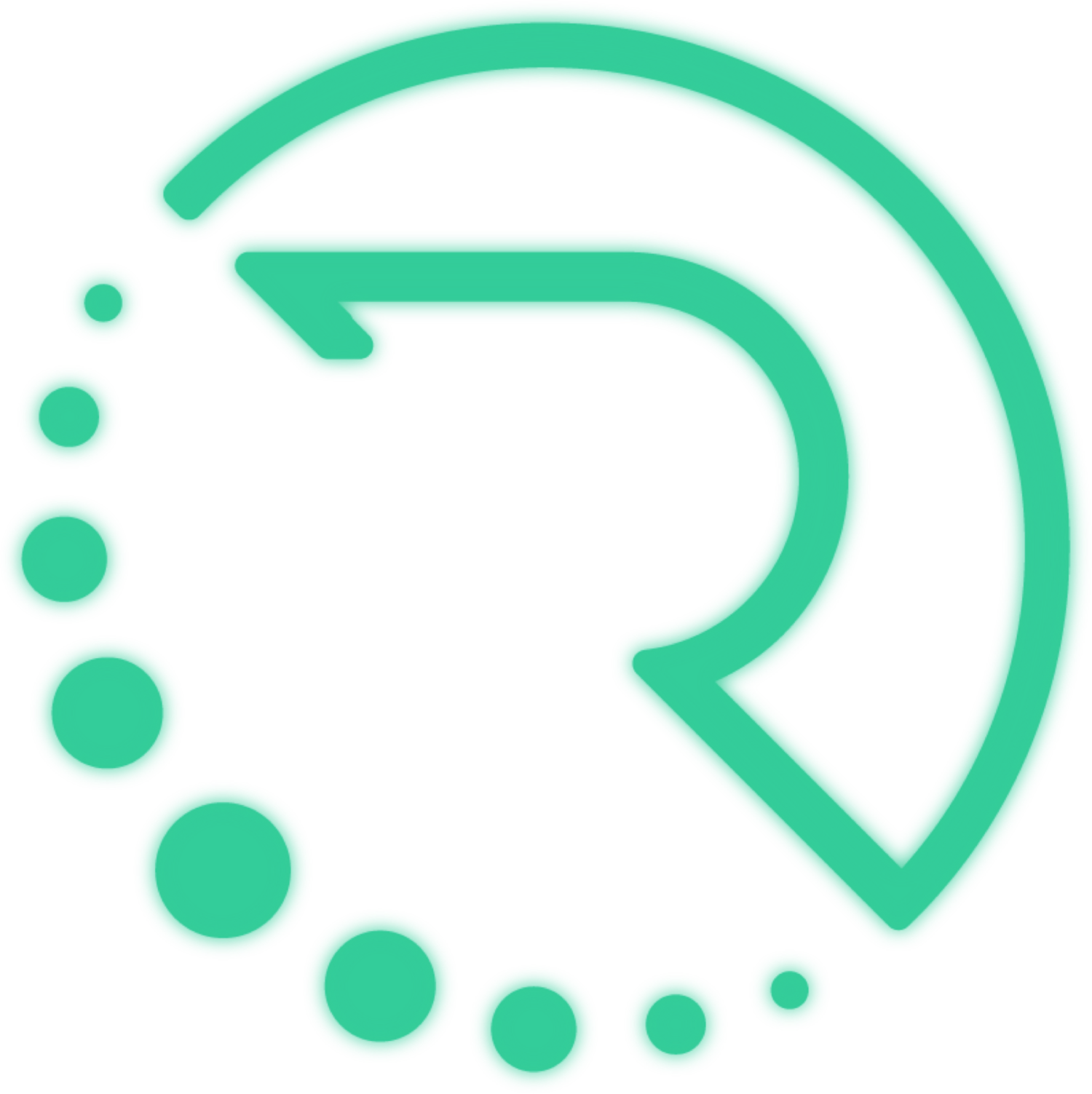Is lockdown contributing to your neck pain?
With New Zealand going back into a level 4 lockdown many of us have had to revert to working from home. This often involves makeshift office spaces, questionable posture, and increased screen time on our many devices. As a result, many of us may be finding that we are having increased pain in our neck and shoulder region. The cause of this pain may be due to an increase in forward head posture whilst working from home.
Forward head posture can be defined as hyperextension and forward translation of the upper cervical vertebrae in the neck. This commonly occurs as we slouch forward when using laptops or phones. As a general guideline for head posture our Tragus (inner part of the ear) should be in line with the centre of gravity of our body, generally this is the middle of the shoulder. When our Tragus is forward of the shoulder it can be considered as forward head posture.
Prolonged periods of time spent with our head in a forward posture causes us to distribute load unevenly throughout the muscles in our neck. As our head is in a forward position it places more load on our posterior neck muscles and places more compressive load throughout out cervical vertebrae, ligaments and muscles which ultimately causes pain in our neck and shoulders. Forward head posture is commonly found in conjunction with rounded shoulders and an increase thoracic kyphosis. Pain from forward head posture can present physically as neck pain, aches, headache, stiffness and tight shoulder and neck muscles.
Treatment for forward head posture includes a combination of stretching, strengthening and manual therapy. Stretching is effective as the muscles on the front of our neck (neck extensor muscles) become shortened as we are not using them and so stretching is a method used to lengthen them. Stretching helps to improve the flexibility and range of motion in the neck. Muscles on the posterior aspect of our neck (deep neck flexors) become lengthened and weakened due to being held in a lengthened position for a prolonged period, so need to be strengthened. Strengthening these muscles will improve motor control and help to correct the muscle imbalance that occurs with forward head posture. Manual therapy is performed by a physiotherapist and helps with increasing the range of motion at the joint.
Some nice and easy at-home exercises we can do to reduce neck pain include:
- Cervical retraction exercises
o This is when we move our head back as far as possible tucking our chin in and moving our tragus back in line with our shoulder.
o Stand in an upright position.
o Slowly move your head backward until it is in line with your shoulders or until you feel pain.
o Hold for 10 seconds and repeat 10 times.
o Youtube example: https://www.youtube.com/watch?v=Vg4iSulJStI
- Progression = You can do this with your back touching a wall and pushing your head back util your head also touches the wall. Hold this position for 10 seconds and then repeat 10 times.
- Cervical range of motion exercises
o Extension – Look up to the ceiling until you feel a stretch, hold.
o Flexion – Bring chin down to chest until you feel a stretch, hold.
o Side flexion – Bring ear to shoulder until you feel a stretch, hold.
o Rotation - Turn head to the side as far as you can until you feel a stretch, hold
o Hold each position at the end range for 30 seconds.
Picture for reference:
Retrieved from https://musculoskeletalkey.com/neck-assessment/
- Back/Shoulder stretch
o Bring both arms up and out to the side.
o Put hands behind your head.
o Push elbows backwards until a stretch is felt.
o Hold for 30 seconds.
- Strengthening exercises
o Lying on your back.
o Tuck you chin in and hold your head off the ground.
o Hold for 30 seconds and repeat 3 times.
- Posture correction
o Being aware of our posture when working and focusing on sitting with a straight back and our tragus in line with the middle of our shoulder.
o Set a goal to readjust posture every hour when working for long periods of time.
References
Ali, A., Sheikh, N., Chughani, V., Hussain, A., Rafique, M., Ismali, M., & Khokhar, H. (2021).Comparrison of Effectiveness of Isometric and Strengthening Exercise in Pain Management Among the Forward Head Posture Patients. Indian Journal of Physiotherapy and Occupational Therapy. 15(2). DOI 10.37506/ijpot.v15i2.14518
Harman, K., Hubley-Kozey, C., & Butler, H. (2005). Effectiveness of an exercise programme to improve forward head posture in normal adults: A randomised control 10-week trial. The Journal of Manual and Manipulative Therapy, 13(3) 163-176.
Mahmoud, N., Hassan, K., Abdelmajeed, S., Moustafa, I., & Siva, A. (2019) The Relationship Between Forward Head Posture and Neck Pain: A systematic review and Meta- Analysis. Current Reviews Musculoskeletal Medicine, 12(4) 562-577
Kong, Y., Kim, Y., & Shim, J. (2017). The Effect of Modified Cervical Exercise on Smartphone Users With Forward Head Posture. Journal of Physical Therapy Science, 29(2) 328-331

